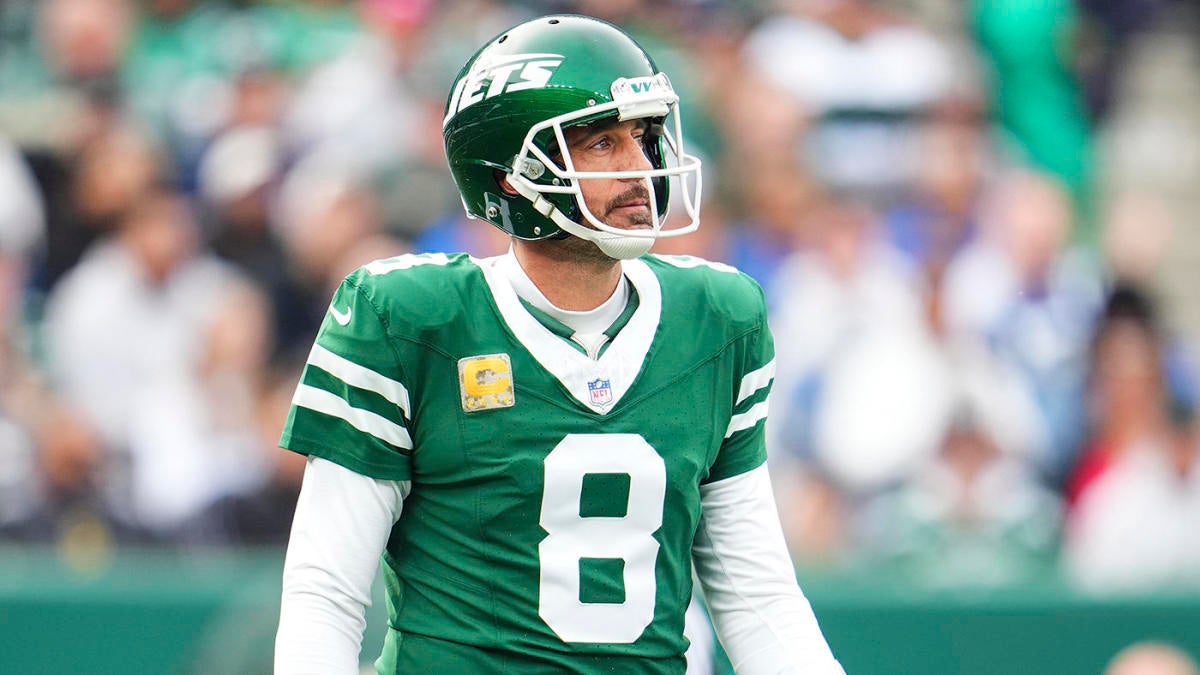Sports
The Chicago sports visionary who should be more famous

You’ve probably heard of the Harlem Globetrotters, the longtime traveling basketball team that combines athletic talent and comedy.
Perhaps you’ve heard of the Chicagoan who was the team’s founder, Abe Saperstein.
But you probably don’t know what a visionary Saperstein was in the history of sports. We certainly didn’t a few years ago when we started research for our just-published book, “Globetrotter: How Abe Saperstein Shook Up the World of Sports.”
We didn’t know who pioneered the three-point shot in basketball.
It was Saperstein.
We didn’t know who suggested variable ticket pricing — with teams charging more when popular opponents came to town — decades before Major League Baseball embraced the concept.
It was Saperstein.
We didn’t know who called for expanding the National Basketball Association to the West Coast years before the NBA finally got around to it.
It was Saperstein.
We didn’t know who got pitcher Satchel Paige into baseball’s major leagues at the age of 42, when most people thought he was over the hill.
Yep. It was Saperstein.
The colorful Chicagoan, a 5-foot-3 giant in sports, was a major force in making basketball a worldwide game. He was an owner and promoter in baseball’s Negro Leagues. His Globetrotters played doubleheaders with NBA teams that were vital money-makers, allowing the league to overcome its early struggles.
3-pointers didn’t ‘die a natural death’
Perhaps Saperstein’s greatest accomplishment, rivaling his creation of the Globetrotters, was his groundbreaking introduction of the three-point shot in basketball league play. Two New York City colleges had experimented with a three-pointer in a 1945 game, but a New York Times writer said the idea should “die a natural death.” Sixteen years later, Saperstein gave it new life when he created a rival to the NBA called the American Basketball League, which lasted just a season and a half.
Saperstein and a friend, DePaul University coach Ray Meyer, went to a Chicago gym, took a few shots and decided the length should be 25 feet. Saperstein wanted to refer to it as the “home run” of basketball, but colleagues talked him out of that.
Once the ABL folded, the three-pointer fell into disuse. When Saperstein died in 1966, no major pro or college league was using it. But the American Basketball Association was founded the next year and adopted the three-point shot. When the ABA folded in 1976, four ABA teams joined the NBA, but the three-point shot didn’t come with them. The idea again seemed destined to become a historical footnote, until the NBA adopted the three-pointer for an injection of excitement in 1979. The college game followed in 1987.
Today the three-pointer is an integral part of the game. Caitlin Clark and Stephen Curry owe a debt to Saperstein.
The Globetrotters founder grew up in a poor Jewish immigrant family on Chicago’s North Side, and he befriended Black players on the South Side who joined him touring the Midwest in a Model T Ford starting in the late 1920s. (The Harlem Globetrotters weren’t from Harlem, and they weren’t globetrotters in the early years. The name was Saperstein’s marketing gimmick.)
A complex record on race
Why isn’t Saperstein more famous? Partly because his role as the father of the three-point shot is so little known. And partly because the Globetrotters’ comedy act was criticized by some civil rights advocates as childlike and demeaning.
Saperstein’s own record on race is complicated. He made a lot of money for Black athletes and put Black people in positions of authority in his organization. But he was a man of his time, and not always in a good way. When Olympic great Jesse Owens performed halftime races on Globetrotters summer tours outdoors, Saperstein sometimes had him competing against a horse, a stunt that infuriated many.
Yet Saperstein was a key figure in desegregating baseball. Five years before Jackie Robinson broke the color barrier, Saperstein cooked up a plot with minor league owner Bill Veeck to buy the Philadelphia Phillies and make it an all-Black team in the major leagues. It’s unclear whether the idea was blocked by baseball’s commissioner or just abandoned, but Saperstein wasn’t done maneuvering. The year after Robinson’s entry into the majors, Saperstein brought Satchel Paige into the majors, and he later discovered another future Hall of Famer, Minnie Miñoso.
Saperstein had his flaws and his failures, but he also had a telescope that saw far into the future.
When his American Basketball League went belly-up in late 1962, he told a reporter: “All I can guarantee you is that someday — when pay television is the big thing — a fellow is going to make a million out of pro basketball.”
Like a lot of other things, he was right about that.
Mark Jacob is a former Sunday editor at the Chicago Sun-Times and former metro editor at the Chicago Tribune. His brother Matthew Jacob is a health communications consultant in Arlington, Va.
The Sun-Times welcomes letters to the editor and op-eds. See our guidelines.
Get Opinions content delivered to your inbox.








